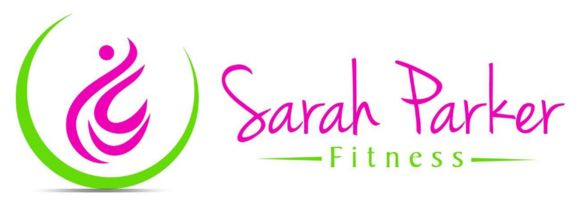I was really saddened by the news of Jilly Cooper’s death this week – especially as reports said it followed a fall. It brought something sharply back into focus for me: falls are not an inevitable part of ageing, and there’s so much we can do to protect our balance, our confidence and our independence.
Falls Aren’t “Just Part of Getting Older”
Age UK highlights that staying active is one of the best ways to prevent falls and maintain strength. They suggest:
-
Being as active as you can, in whatever way works for your body
-
Limiting or breaking up long periods of sitting still
-
Working towards 2.5 hours of moderate movement a week (so that you're breathing harder)
-
Including strength training twice a week
-
Doing balance, flexibility and coordination work twice a week
Some of their recommended activities include:
-
Climbing stairs regularly
-
Sit-to-stand practice from a chair
-
Walking, dancing or yoga
-
Taking part in exercise classes
These are all accessible, everyday ways to keep the body moving well.
Where Foot Health Fits In
One suggestion from Age UK is to always wear well-fitting slippers or shoes indoors. While I understand the safety angle, I do have a slightly different perspective.
The nerves in your feet play a crucial role in your balance. As we age, reduced sensation in the soles can increase the risk of falling. Modern life keeps our feet in socks, shoes and on flat, manmade surfaces, which means those nerves aren’t getting much stimulation.
So instead of overprotecting the feet, I encourage gently waking them up.
Try this simple foot awakening technique:
-
Use a prickle ball if you have one
-
Or just use a towel, doormat or even your hands
-
Scrub or roll the sole of each foot to stimulate the nerves
- Make sure you stimulate the ball of the foot, heel and outer foot especially
It feels great and helps the body send better feedback to the brain when you’re standing or walking.
The Four Systems That Support Balance
Your balance relies on input from four key areas:
-
Eyes
-
Inner ears
-
Joints
-
Skin on the soles of the feet
Most people rely heavily on their eyes, which is why closing them makes balancing more difficult. But here’s the thing - we don’t usually walk around with our eyes shut!
In everyday movement, your eyes lead the way. So instead of removing vision, we can challenge balance by moving the eyes differently.
Try This Eye-Led Balance Challenge
-
Stand with one foot slightly in front of the other
-
Lift the arm on the side of your back leg to shoulder height
-
Draw a figure of eight with your finger or a pen
-
Keep your head still and follow the movement only with your eyes
To increase the challenge:
-
Lift the back heel
-
Or even hover the back foot if you feel steady enough
If that’s too much, start with your feet in parallel and swap the figure of eight for a straight line. Change direction, speed and range to build progression.
Balance in Everyday Life
Balance doesn’t need to be saved for set ‘exercise time’. It can be woven into the day:
-
Stand on one leg while brushing your teeth (one minute each side)
-
Lift your heel slightly when waiting in a queue
-
Try whisking, washing up or making tea on one leg
-
Shift your weight side to side while standing still
These little moments add up and help keep the body switched on.
Want Some Support?
If the Age UK recommendations feel a bit overwhelming, you don’t have to do it alone. Pilates is a brilliant way to build balance, strength and awareness gently and progressively — and I include balance work in most sessions.
If you’d like some ideas for getting started, or want to work on balance in a safe and supported way, just get in touch. I’m always happy to help.
Sarah x

Comments